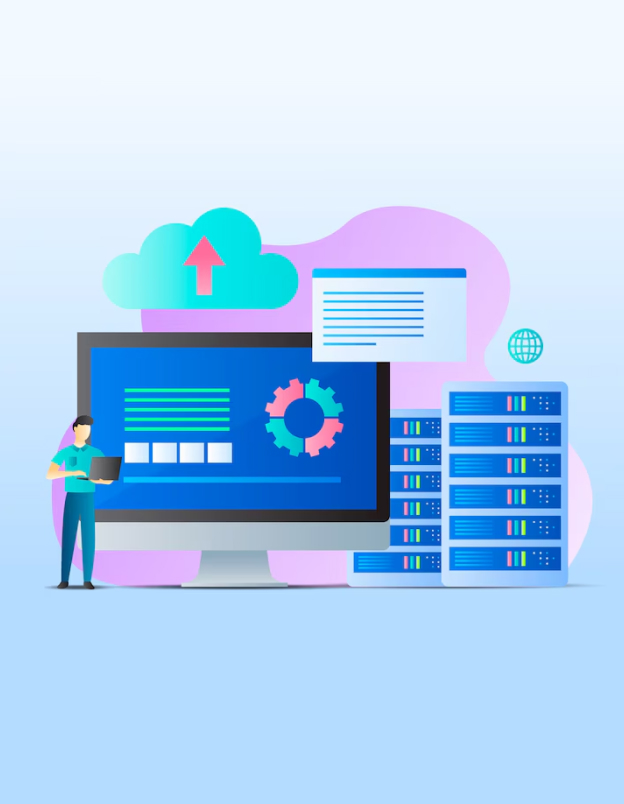In today’s fast-paced digital landscape, businesses must adapt swiftly to stay competitive. Many organizations find themselves bogged down by legacy applications that are outdated, inefficient, and costly to maintain. Migrating these legacy systems to modern platforms like Microsoft PowerApps can revolutionize operations, enhance productivity, and deliver significant returns on investment (ROI). This blog will explore the benefits of this migration and how it can unlock substantial ROI for businesses.
Understanding Legacy Applications and Their Limitations
Legacy applications are often characterized by outdated technology, which can hinder an organization’s ability to innovate and respond to market changes. These systems may require extensive maintenance and lack integration capabilities with modern tools. As a result, organizations may struggle with:
- Increased operational costs due to inefficient processes.
- Difficulty in accessing and analyzing data from multiple sources.
- Challenges in adapting to new business requirements or regulatory changes.
The Power of Microsoft PowerApps
Microsoft PowerApps is a suite of apps, services, connectors, and a data platform that provides a rapid development environment to build custom apps for business needs. Apps created with PowerApps can connect to a variety of data sources, including Microsoft 365, Dynamics 365, SQL Server, and many others.
Benefits of Migrating Legacy Applications to PowerApps
Migrating legacy applications to PowerApps is a strategic move that can yield significant ROI. By reducing costs, enhancing productivity, and providing scalable solutions, PowerApps enables businesses to stay competitive in a rapidly changing environment. Here are some key benefits of this migration:
- Cost Reduction: Transitioning to PowerApps can lower maintenance costs associated with legacy systems, as these platforms require fewer resources to manage and operate.
- Increased Productivity: Employees can leverage PowerApps to streamline their workflows, automate repetitive tasks, and focus on higher-value activities.
- Scalability: As your business grows, PowerApps allows you to easily scale applications and integrate new functionalities to meet evolving demands.
- Enhanced User Experience: PowerApps provides modern interfaces and intuitive navigation, improving the overall experience for both employees and customers.
- Real-Time Insights: With PowerApps, businesses can access real-time data analytics, enabling informed decision-making and strategic planning.
Real-World Success Stories
Many organizations have successfully migrated their legacy applications to PowerApps, resulting in substantial improvements. For example, a financial services company reduced its processing time by 50% after migrating to PowerApps, enabling quicker loan approvals and enhancing customer satisfaction. Another case involved a healthcare provider that streamlined patient management processes, leading to better patient care and reduced operational costs.
Steps to Migrate Legacy Applications to PowerApps
If you’re ready to take the plunge and migrate your legacy applications to PowerApps, consider the following steps:
- Assessment: Evaluate your current legacy systems, identifying pain points and opportunities for improvement.
- Planning: Create a migration plan that outlines objectives, timelines, and resource allocation.
- Development: Utilize PowerApps to develop new applications, ensuring they meet your business needs.
- Testing: Conduct thorough testing to ensure functionality, performance, and integration with existing systems.
- Deployment: Roll out the new applications, providing training and support to users for a smooth transition.
Conclusion: Unlocking New Levels of Efficiency
Migrating legacy applications to PowerApps is not just a technological upgrade; it’s a strategic initiative that can unlock new levels of efficiency and profitability. By reducing costs, enhancing productivity, and providing scalable solutions, PowerApps enables businesses to thrive in a competitive landscape. If you need assistance in evaluating your current systems or migrating your applications, our team of experts is here to help. Contact us today to start your journey toward a more efficient and productive future.







